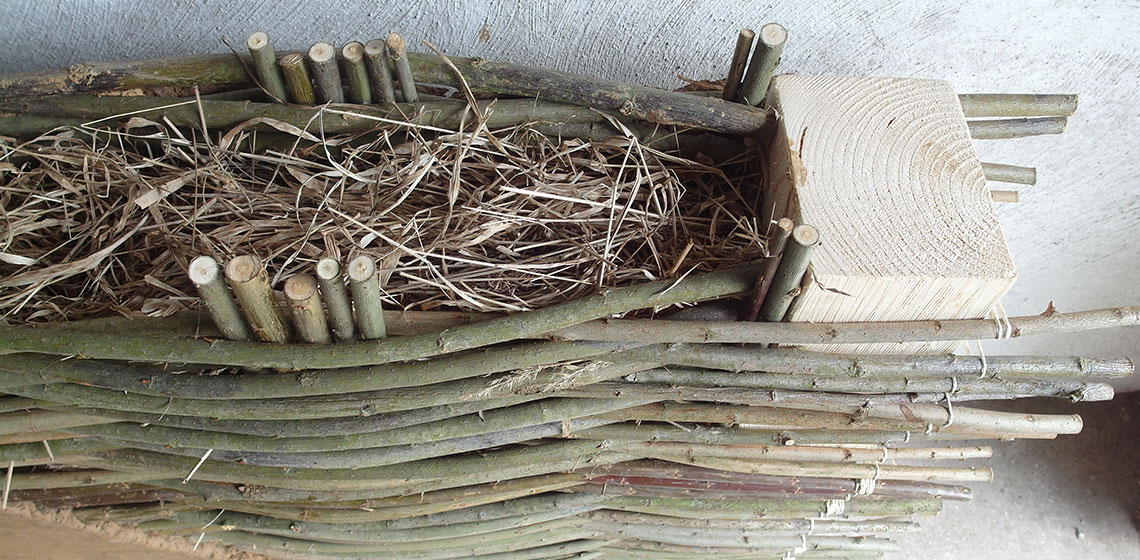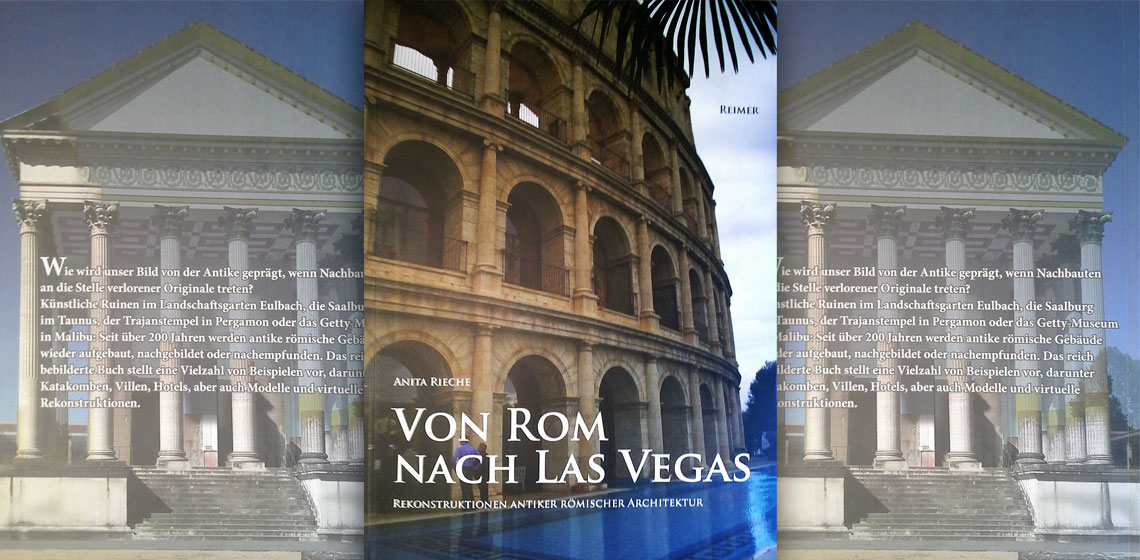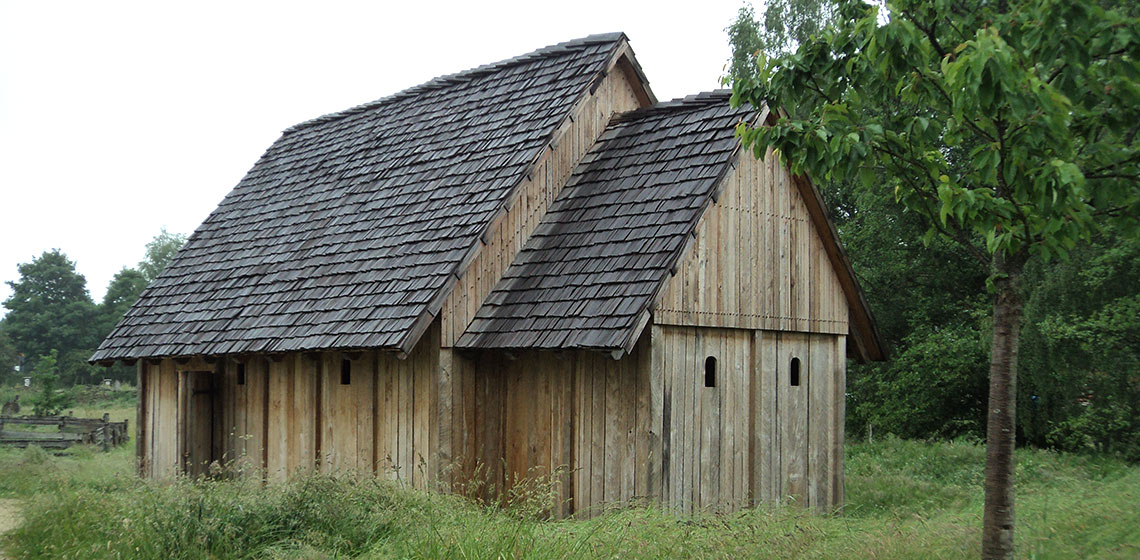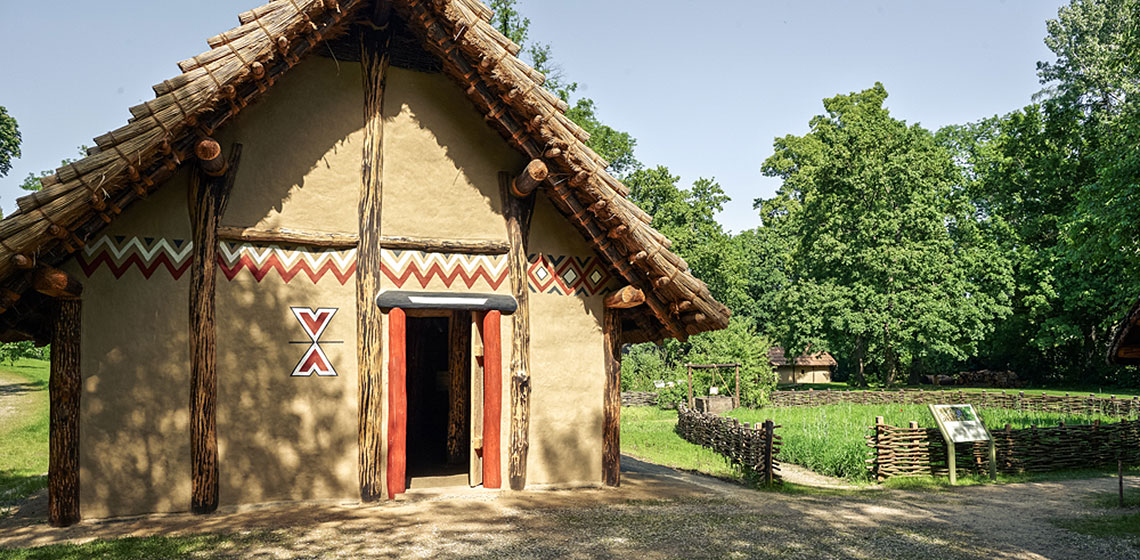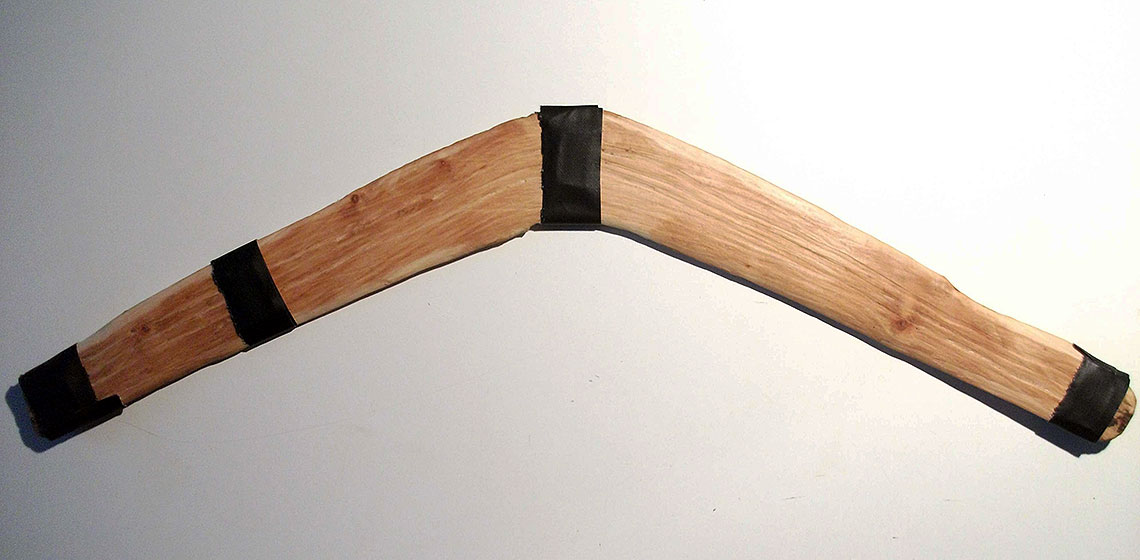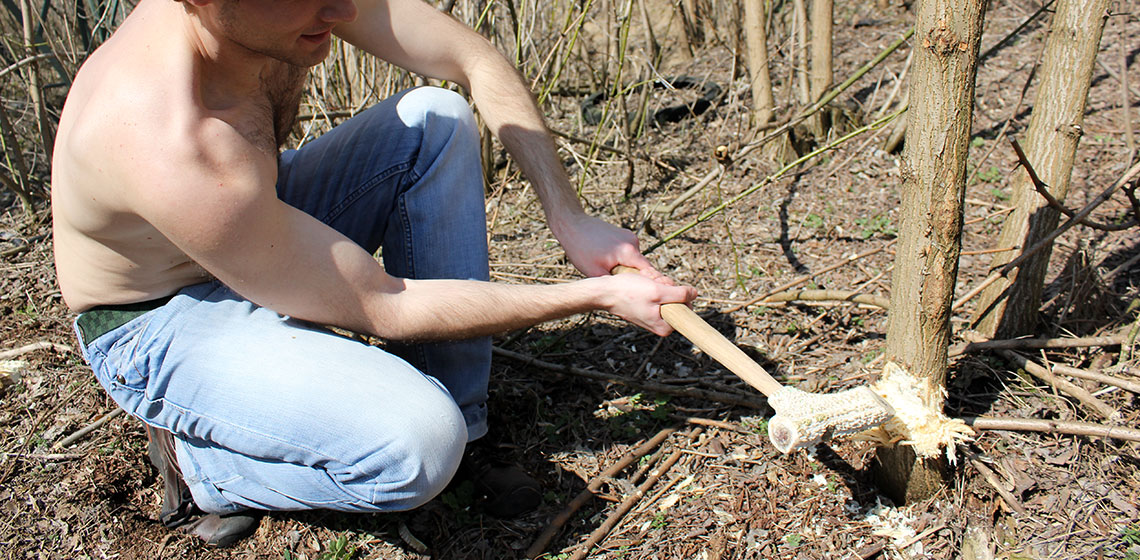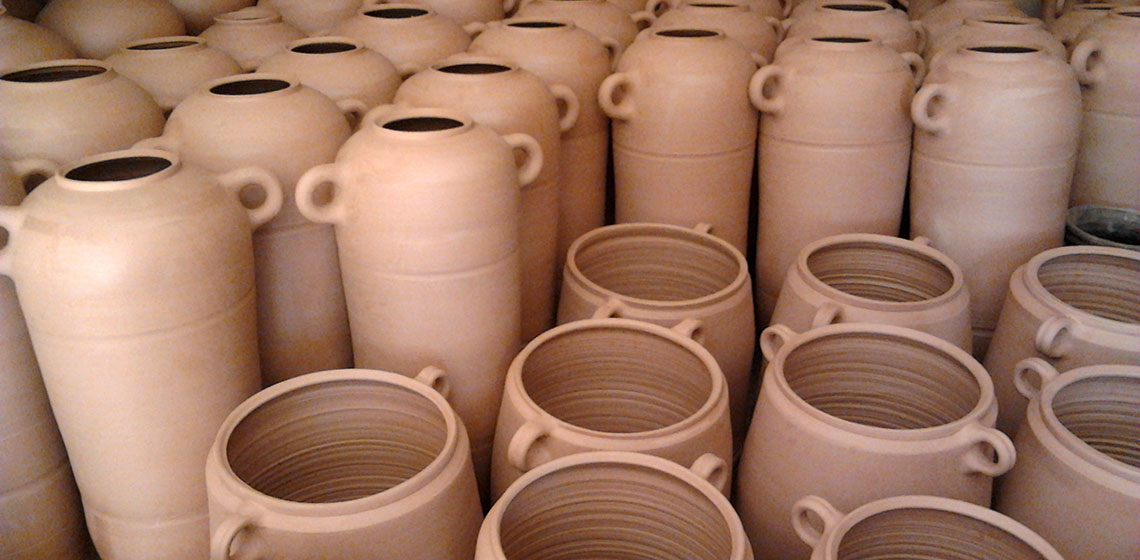An Energy Saving House from 3400 Years Ago
The fact that people of the Bronze Age built houses with very good insulation was already presented by Staeves (2010) based on the results of an archaeological excavation in 2003 where an archaeological team of the Main-Kinzig district examined remnants of a Middle Bronze Age settlement. Prior to this, it was assumed that...
